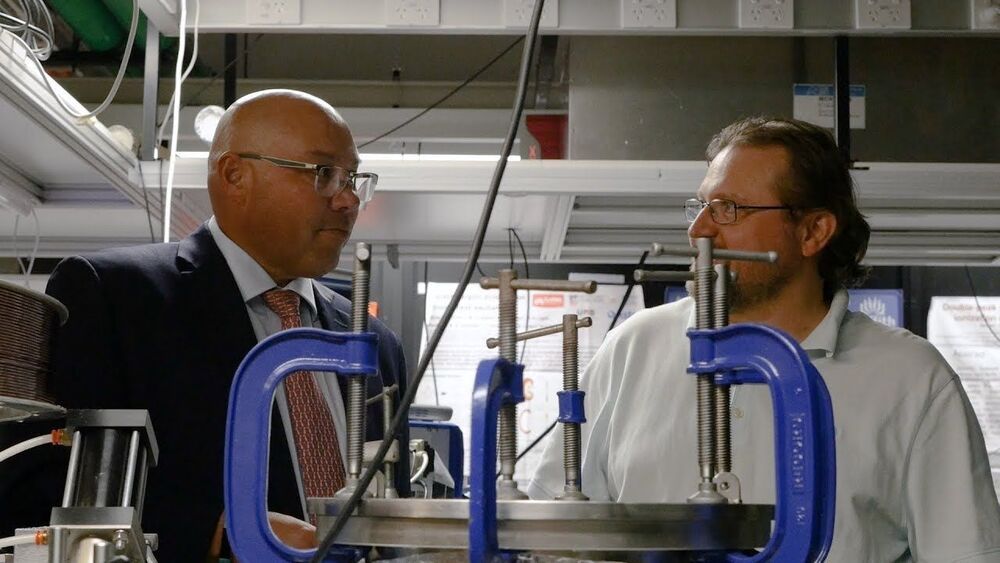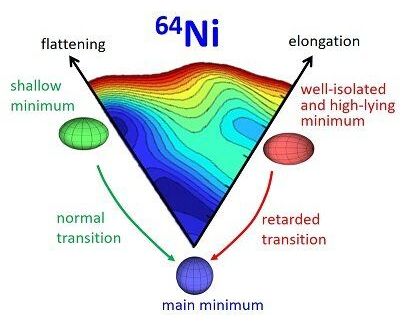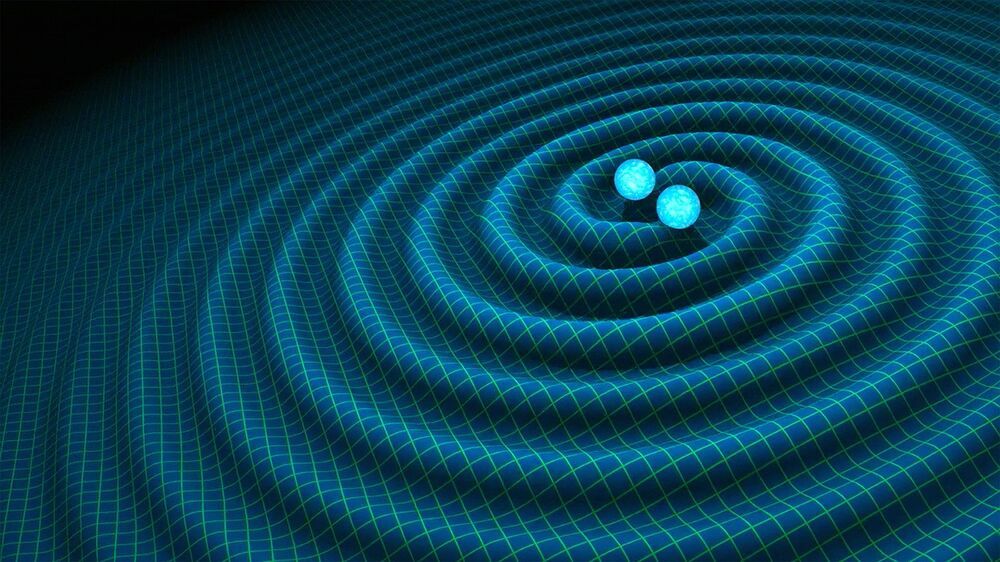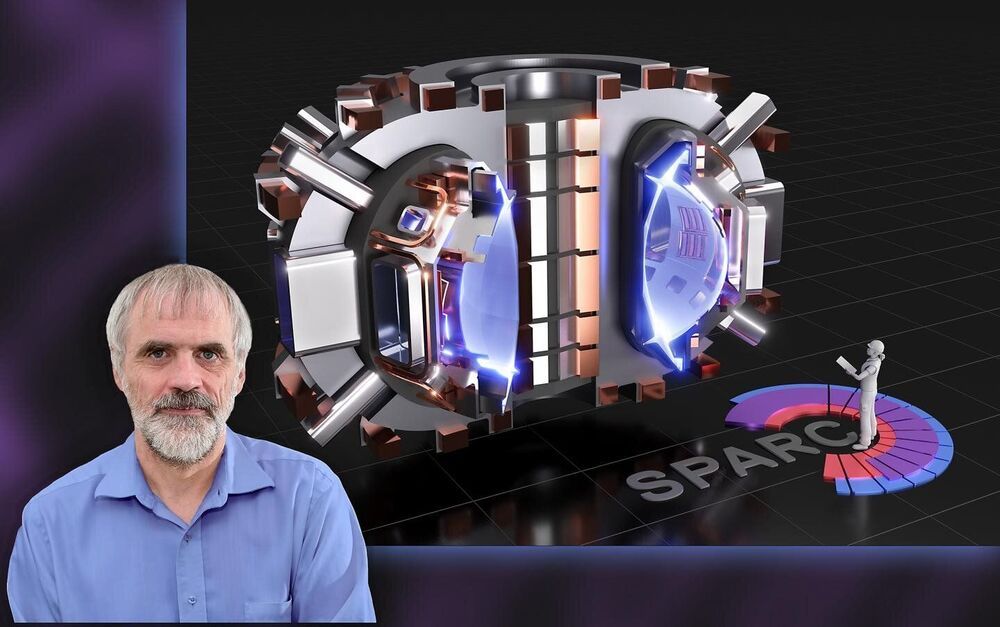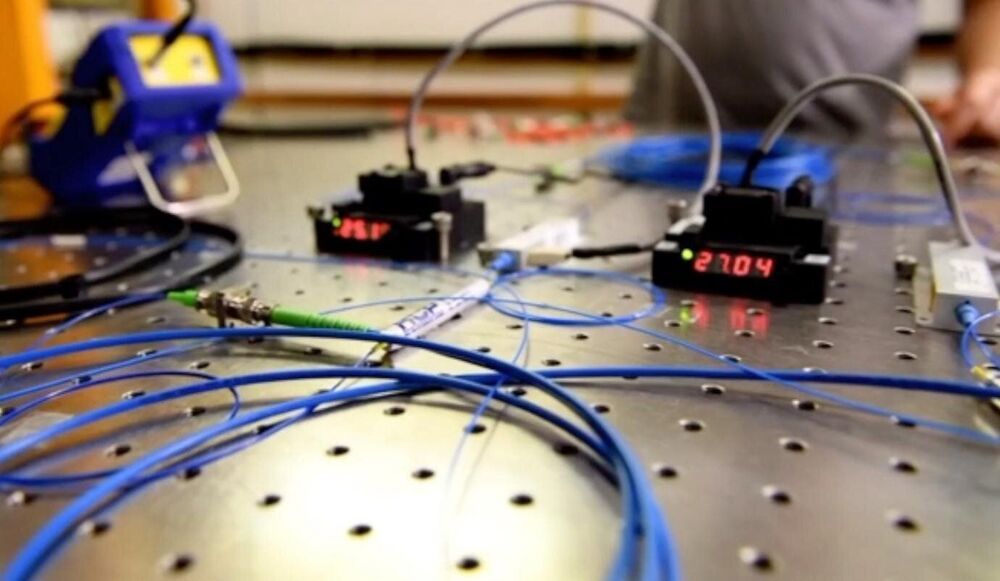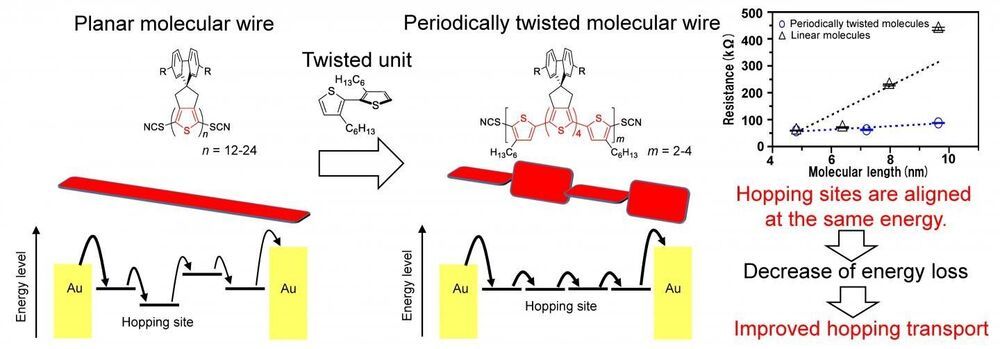Jan 3, 2021
Future interstellar rockets may use laser-induced annihilation reactions for relativistic drive
Posted by Quinn Sena in categories: nuclear energy, particle physics, space
O,.o kaons in action for interstellar travel: D.
Interstellar probes and future interstellar travel will require relativistic rockets. The problem is that such a rocket drive requires that the rocket exhaust velocity from the fuel also is relativistic, since otherwise the rocket thrust is much too small: the total mass of the fuel will be so large that relativistic speeds cannot be reached in a reasonable time and the total mass of the rocket will be extremely large. Until now, no technology was known that would be able to give rocket exhaust at relativistic speed and a high enough momentum for relativistic travel. Here, a useful method for relativistic interstellar propulsion is described for the first time. This method gives exhaust at relativistic speeds and is a factor of at least one hundred better than normal fusion due to its increased energy output from the annihilation-like meson formation processes. It uses ordinary hydrogen as fuel so a return travel is possible after refuelling almost anywhere in space. The central nuclear processes have been studied in around 20 publications, which is considered to be sufficient evidence for the general properties. The nuclear processes give relativistic particles (kaons, pions and muons) by laser-induced annihilation-like processes in ultra-dense hydrogen H. The kinetic energy of the mesons is 1300 times larger than the energy of the laser pulse. This method is superior to the laser-sail method by several orders of magnitude and is suitable for large spaceships.


